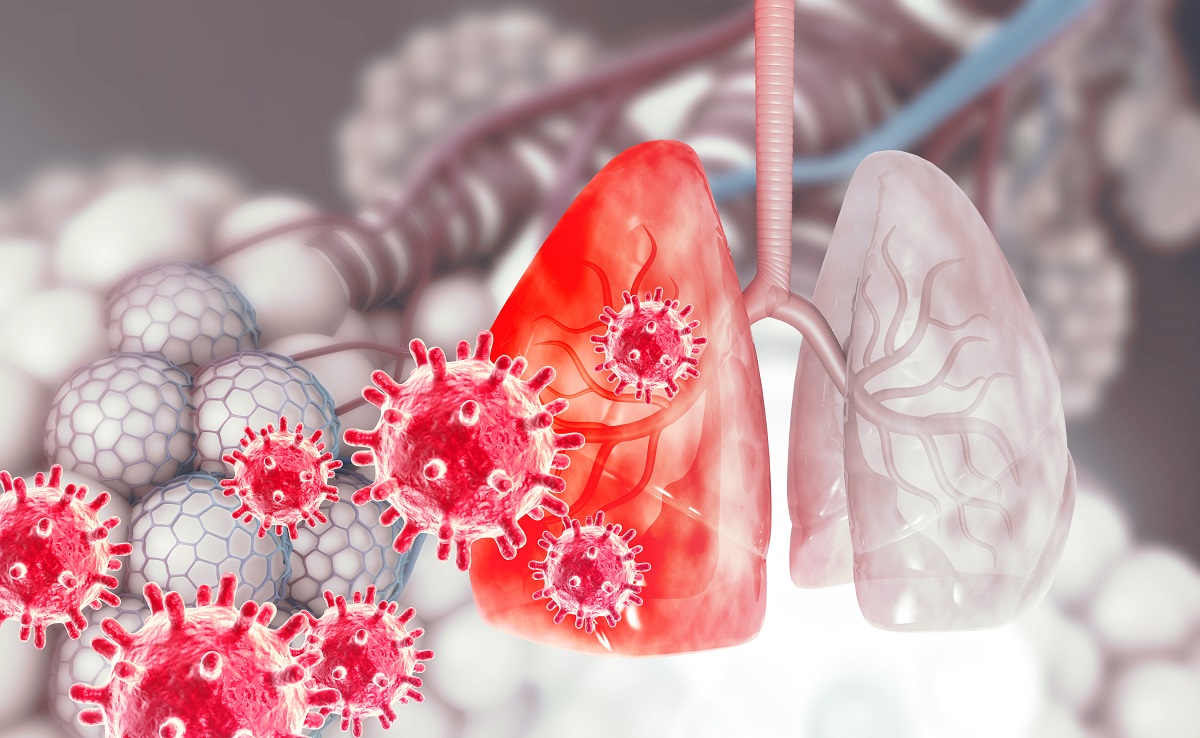KEY TAKEAWAYS
- The phase 1 trial aimed to uncover mechanisms behind neoadjuvant anti-PD-1 resistance in NSCLC using multi-omics analysis.
- Results showed galectin-9 sustained anti-PD-1 resistance in NSCLC, but anti-TIM-3 can overcome this resistance.
Therapeutic resistance poses a major challenge in achieving long-term benefits from immune checkpoint inhibitors in nonsmall cell lung cancer (NSCLC). The underlying mechanism of neoadjuvant anti-PD-1 resistance in this context remains unclear.
Yongyuan Chen and the team aimed to elucidate the mechanisms of neoadjuvant anti-PD-1 resistance in NSCLC.
Multi-omics analysis, including mass cytometry, single-cell RNA-seq, bulk RNA-seq, and flow cytometry, was performed on resected tumor samples from patients with NSCLC who received neoadjuvant anti-PD-1 therapy. Tumor and paired lung samples from treatment-naïve patients served as controls.
In vitro experiments used primary cells from fresh tissues and lung cancer cell lines, while a Lewis-bearing mouse model was utilized for in vivo studies.
Results showed that in human NSCLC, the quantity and differentiation of tissue-resident memory CD8+ T cells (CD8+ TRMs) were positively linked to the effectiveness of neoadjuvant anti-PD-1 therapy. Conversely, immature CD1c+ classical type 2 dendritic cells (imcDC2) and galectin-9+ cancer cells were negatively correlated with therapy efficacy. An epithelium/imDC2 suppressive axis, which inhibits CD8+ TRMs through galectin-9/TIM-3, was identified.
The levels of CD8+ TRMs and galectin-9+ cancer cell-related genes predicted the clinical outcomes of anti-PD-1 therapy. Additionally, blocking TIM-3 and PD-1 improved survival in tumor-bearing mice by enhancing imcDC2 antigen presentation and CD8+ TRMs-mediated tumor killing.
The study concluded that galectin-9-expressing tumor cells maintained primary resistance to neoadjuvant anti-PD-1 therapy in NSCLC by suppressing imcDC2 and CD8+ TRMs through a galectin-9/TIM-3 mechanism. Adding anti-TIM-3 treatment could disrupt this suppressive loop, potentially overcoming resistance to anti-PD-1 therapy.
Funding support was provided by the National Natural Science Foundation of China, the Natural Science Foundation of Zhejiang Province, the Fundamental Research Funds for the Central Universities, the Young Investigator Award of Institut Mérieux, and the Leading Innovative and Entrepreneur Team Introduction Program of Zhejiang.
The trial was sponsored by the Second Affiliated Hospital, School of Medicine, Zhejiang University.
Source: https://pubmed.ncbi.nlm.nih.gov/39134346/
Clinical Trial: https://clinicaltrials.gov/study/NCT03732664
Chen Y, Shao Z, Hao Z, et al. (2024). “Epithelium/imcDC2 axis facilitates the resistance of neoadjuvant anti-PD-1 in human NSCLC.” J Immunother Cancer. 2024;12(8):e007854. Published 2024 Aug 12. doi:10.1136/jitc-2023-007854



